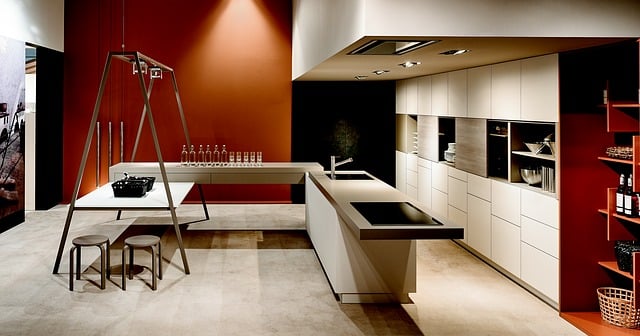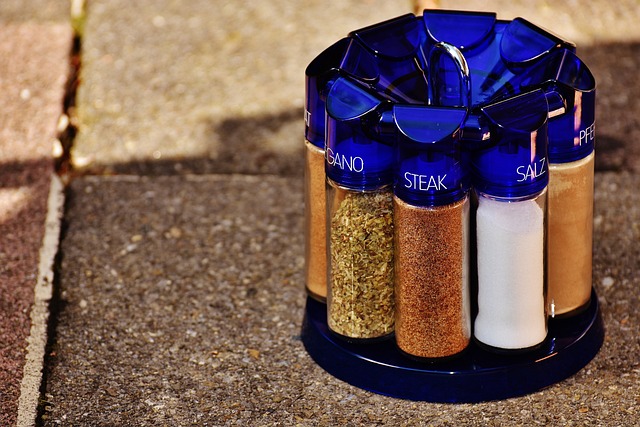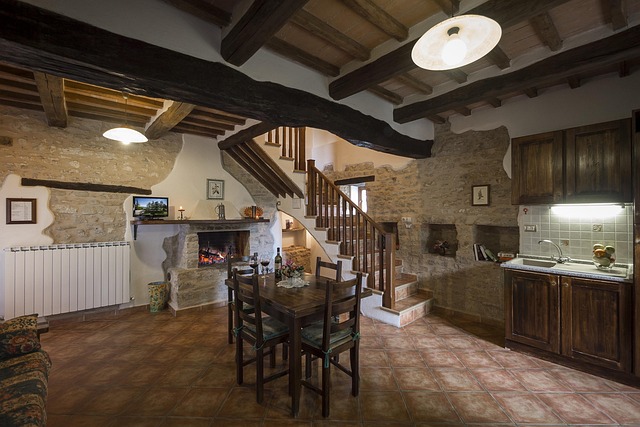Evaluating energy consumption and planning strategically before installing solar-powered lighting is key. Start by assessing outdoor needs, identifying areas requiring lighting, and considering seasonal demands. Implement budget tips like DIY decor, affordable furniture ideas from repurposed pieces, and thrift store upgrades. Strategically plan solar panel placement and adopt upcycled garden furniture. This holistic approach ensures environmental benefits while maximizing savings through creative, cost-effective solutions for outdoor spaces.
Looking to slash energy costs and enhance your outdoor space? Solar-powered lighting offers a bright, eco-friendly solution with significant savings. This guide provides comprehensive budget tips for transforming your outdoor living areas. From evaluating energy consumption and choosing the right solar systems to DIY installation and maximizing efficiency, we cover all aspects. Discover affordable ideas like repurposed furniture, thrift store finds, and upcycled garden pieces while enjoying long-lasting, cost-effective outdoor lighting.
- Evaluating Your Energy Consumption and Savings Potential
- – Understanding your current energy costs for outdoor lighting
- – Calculating potential savings with solar-powered lights
- Choosing the Right Solar Lighting Systems
Evaluating Your Energy Consumption and Savings Potential

Evaluating Your Energy Consumption and Savings Potential
Before installing solar-powered lighting, understanding your current energy usage is key. Start by assessing your outdoor spaces and identifying areas that require lighting, such as walkways, patios, or garden features. Keep in mind budget tips for outdoor living, like using affordable outdoor furniture ideas and DIY outdoor decor to reduce overall costs. Consider the time of day and season when energy demands are higher, and plan accordingly with strategic placement of solar panels.
Explore low-cost patio upgrades by repurposing old furniture for outdoors or discovering budget-friendly landscaping tips at local thrift stores. These creative solutions not only save on energy but also add unique character to your outdoor space. Remember, the potential savings from solar lighting can be substantial, especially when combined with upcycled garden furniture and smart planning. This approach ensures that your investment in solar power is both environmentally beneficial and financially prudent.
– Understanding your current energy costs for outdoor lighting

Before diving into solar power, understanding your current energy expenditure for outdoor lighting is crucial. Start by reviewing your monthly electricity bills to determine how much you’re spending on illuminating your patio, garden, or backyard. This will help you gauge the potential savings from switching to solar-powered lights. Many smart meters provide detailed usage data, allowing you to identify peak consumption times and areas that require more efficient lighting solutions.
Consider exploring budget tips for outdoor living, such as implementing DIY outdoor decor projects, upcycling repurposed furniture for outdoors, or discovering low-cost patio upgrades at thrift stores. These creative approaches can significantly reduce your overall outdoor lighting costs while adding unique character to your outdoor spaces. With a bit of research and some ingenuity, you might find affordable outdoor furniture ideas that blend functionality with frugality, contributing to both energy savings and an attractive outdoor environment.
– Calculating potential savings with solar-powered lights

Installing solar-powered lighting can be a game-changer for your energy costs and outdoor space. To calculate potential savings, start by assessing your current lighting needs. Consider the number of lights required and their wattage; this data will help you determine the daily and annual energy consumption. Once you have this information, explore solar panel options tailored to your region’s sunlight exposure. Many budget-friendly panels are available, from affordable DIY kits to pre-assembled panels suitable for repurposed furniture or low-cost patio upgrades.
Incorporating solar lighting into your outdoor space offers numerous benefits beyond cost savings. It reduces your carbon footprint and provides flexibility in design with various DIY outdoor decor ideas. Think about upcycling old furniture for a unique look, or explore thrift store finds to create charming, budget-friendly landscaping. These creative solutions not only enhance your outdoor living but also align with the trend of affordable outdoor furniture ideas that are both sustainable and stylish.
Choosing the Right Solar Lighting Systems

When considering solar-powered lighting for your outdoor space, there’s an art to selecting the perfect system that aligns with both your energy-saving goals and budget tips for outdoor living. The first step is to assess your specific needs. Are you looking for pathlights to illuminate a walkway or string lights to create a cozy patio ambiance? Understanding these requirements will guide your choice of solar lighting systems, ensuring they’re tailored to your outdoor setup.
One of the best ways to save on costs is by opting for DIY outdoor decor and upcycled garden furniture ideas. Repurposed furniture from thrift stores can be transformed into stylish seating or unique table pieces, complementing your low-cost patio upgrades. Similarly, budget-friendly landscaping tips include choosing native plants that require minimal care and using affordable materials for garden features. Integrating these creative solutions not only reduces expenses but also adds a personal touch to your outdoor oasis, making it a vibrant and cost-effective space.
Installing solar-powered lighting is a smart move towards sustainable and cost-effective outdoor living. By evaluating your energy consumption and understanding the potential savings, you can make informed choices. Choose the right solar lighting system that aligns with your budget and DIY skills, incorporating affordable tips for outdoor spaces like repurposed furniture, thrift store finds, and low-cost landscaping. Embrace these changes to not only reduce energy costs but also contribute to a greener environment.
